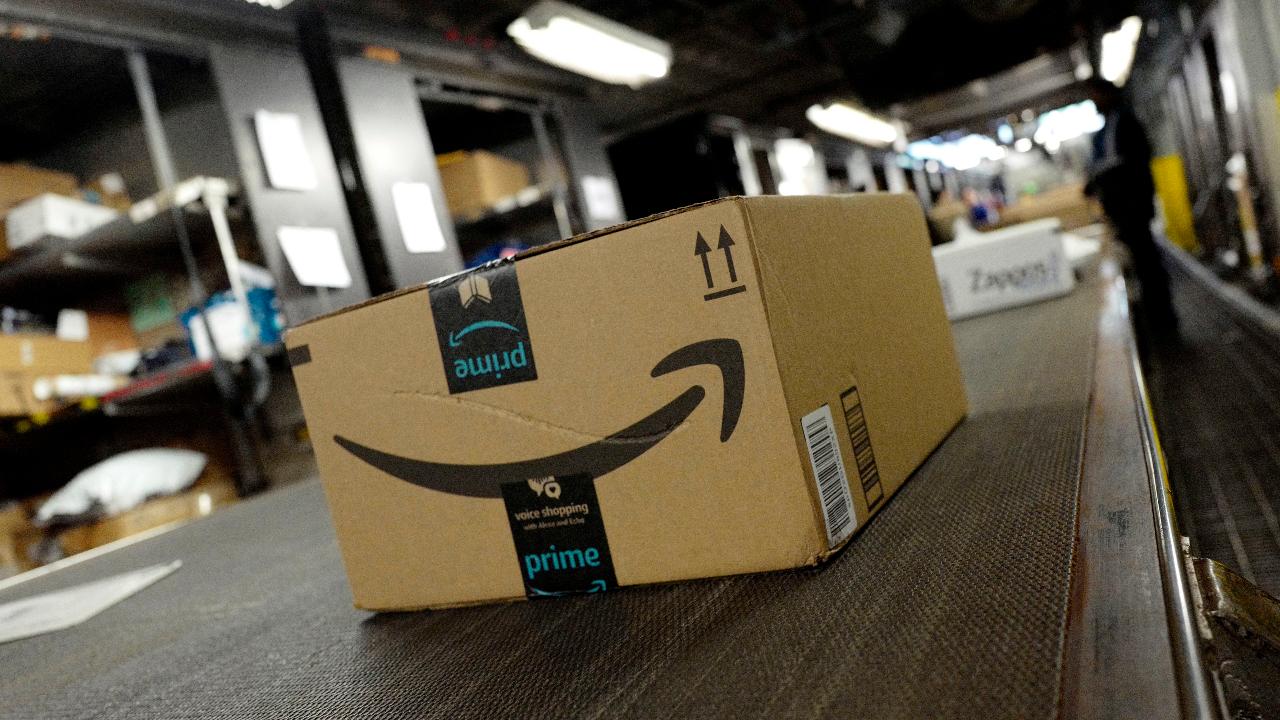In the sprawling digital marketplace of Amazon, where millions of items change hands daily, the company’s lenient return policy was designed as a testament to customer trust and satisfaction. However, this seemingly consumer-friendly feature has morphed into a double-edged sword for countless sellers on the platform, who find themselves at the mercy of an increasing number of fraudulent returns.

A Troubling Trend Emerges
According to a detailed report by the Wall Street Journal, the issue of fraudulent returns is not just an occasional hiccup but a rampant problem plaguing sellers big and small.
Sebastian Herrera, the journalist behind the investigation, sheds light on the extent of this issue through conversations with affected business owners.
One small business owner recounts the bewildering experience of receiving a pair of flip-flops in place of Nike cleats. Another was duped by the return of a fake Coach wallet, masquerading as the genuine article they sold.
“Sellers don’t have a lot of ways to combat this,” Herrera explained, highlighting the systemic nature of the problem. Amazon’s infrastructure, with its emphasis on customer satisfaction through easy returns, inadvertently paves the way for such scams.
From household items to high-end accessories, sellers receive all manners of unrelated and often worthless items as “returns,” leaving them to bear the cost.

Amazon’s Stance and Seller Recourse
In response to the outcry, Amazon maintains a stern position against fraudulent returns, with a spokesperson stating the company has “no tolerance” for such activities.
Yet, the process to contest these returns—a return theft claim—offers little in the way of guaranteed resolution for the sellers. This lack of effective recourse underscores the broader challenge of balancing consumer convenience with seller protection.
Amazon customers regularly ship junk back to sellers and claim they are returns, often with little to no penalty. “A lot of people don’t realize they are affecting small businesses when they do that.” https://t.co/zum1djsyNf https://t.co/zum1djsyNf
— The Wall Street Journal (@WSJ) April 4, 2024
The Bigger Picture: Consumer Satisfaction vs. Seller Security
The narrative around Amazon’s return policy and its impact on sellers taps into a larger discussion on the dynamics between marketplace operators and their vendors.
While Amazon’s approach has undeniably revolutionized the shopping experience for consumers, providing unmatched convenience and flexibility, it has also led to significant challenges for sellers.
The Federal Trade Commission’s lawsuit against the online retailer is a testament to the growing scrutiny over how these policies affect the broader e-commerce ecosystem. “Sellers are not happy with Amazon because they feel squeezed by the company and not very supported,” Herrera tells CBS News.
The sentiment captures the essence of the dilemma facing Amazon and similar platforms: how to maintain a customer-centric model without disadvantaging the very sellers that populate their marketplace with an array of products.

Finding a Middle Ground
The issue of fraudulent returns on Amazon is emblematic of the challenges inherent in managing an expansive online marketplace.
As the company navigates the fine line between ensuring consumer satisfaction and safeguarding sellers against abuse, the outcome of these efforts will undoubtedly influence not only the future of Amazon’s marketplace but also the standards for e-commerce practices worldwide.
Finding a balance that respects the interests of both consumers and sellers will be crucial for sustaining the health and integrity of the digital marketplace.










